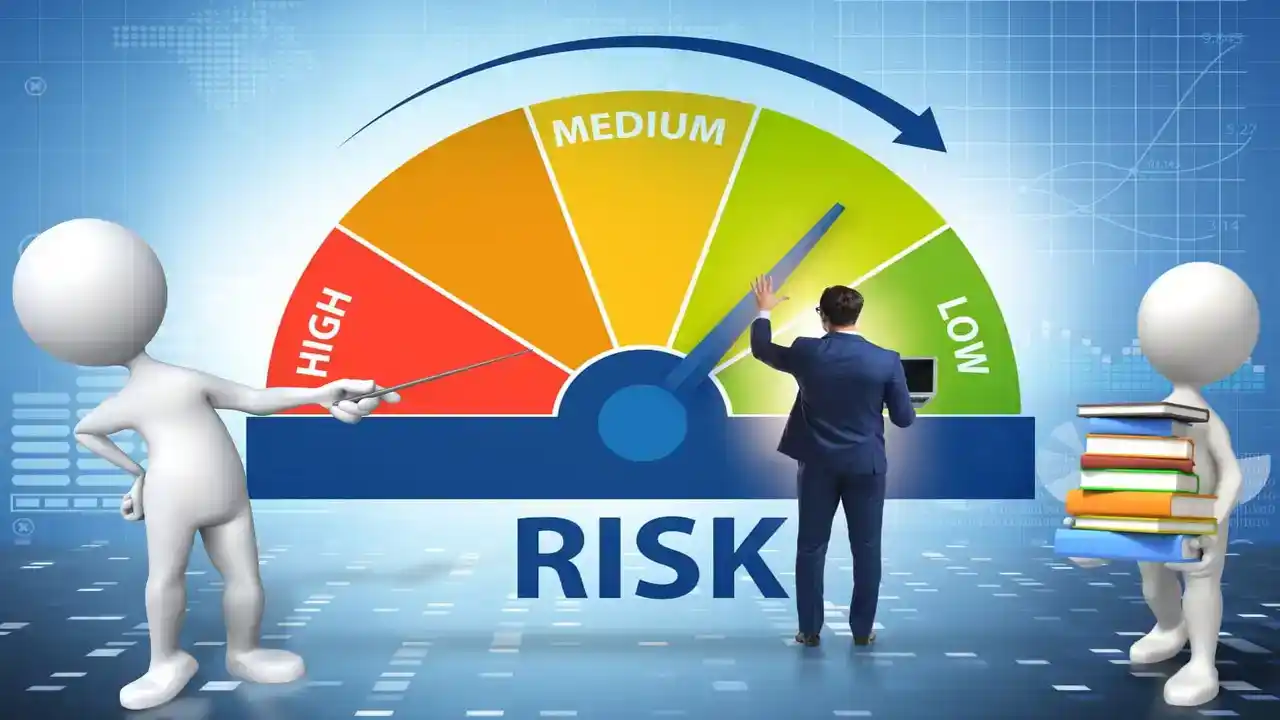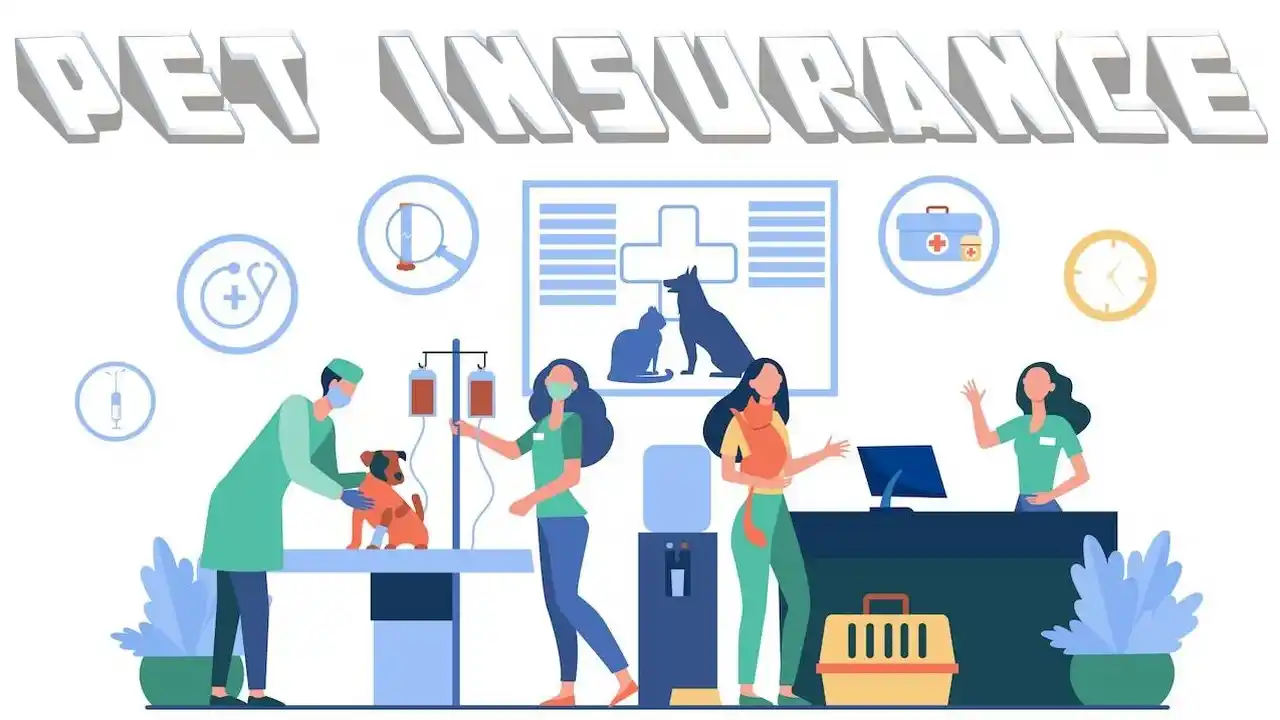They make a list of the benefits and drawbacks of a project before beginning work on it. Informed decisions on implementation can make thanks to these reports. Those in these roles often anticipate challenges and prepare for them in advance. To ensure that an organization is ready for an emergency, they assess the possibility of certain situations and create policies and processes to deal with them. In this article, we will discuss about role of risk management in brief with examples for your better understanding.
Strategic risk management strategies and practices protect a company’s bottom line, assets, and good name. It is the risk manager’s duty to ensure that all employees are familiar with the company’s risk management policies and procedures. To deepen your understanding of functions of risk management topic, read more extensively.
Top 10 – Role of Risk Management
Companies that are aware of potential risks might take measures to eliminate or lessen their impact. Financially speaking, it is wise for firms to develop a risk management plan because doing so helps them to save money for the most likely problems that may arise. It may also help the firm’s standing with potential investors and financiers. Consider reading these role of risk management to increase your knowledge.
Making Choices
Making fiscal choices is perilous. Have you gathered all the data you need to make an informed choice? Having a reviewed risk management plan integrated into the decision-making process is preferable to rushing in. When selecting a choice, you should think about the risks, the ways to mitigate them, and the potential payoffs. Better choices can make with evidence of thorough investigation and consideration of all relevant factors.
Now that you know what could go wrong, you can make an informed decision about how to proceed, which could involve taking extra safety measures or juggling many activities at once. You can incorporate modeling tools into your decision-making process as your understanding of risk improves. These can help you picture how the results of your decisions and gambles might look in the future.
You want a happy medium; you can’t afford to put your business on wait while you gather mountains of data on potential risks before acting. On the other side, if you use an integrated, streamlined approach to risk management, your managers will have instantaneous access to the data they require.
Law’s Role in Crime Prevention
Reducing residual risk “as much as is reasonably possible” is what is meant by the term “as far as is reasonably practicable.” Workplace health and safety concerns should mitigate to the greatest extent practicable.
The United Kingdom’s health and safety rules have so set a benchmark for the mitigation of health and safety threats in the workplace. If firms follow these rules, health risks to employees will be drastically cut down. Furthermore, healthcare costs can avoid.
Influences Decisions
It’s never easy to make a choice, but it’s especially challenging when the outcome will have a major impact on your future happiness and prosperity. Employees can be aided in their efforts to fulfill the company’s goals by using analytics and data from risk management.
They can help you weigh the benefits of each option and decide which risks are worth taking and which you should avoid. All employees can benefit from the risk department’s expertise. This is good role of risk management.
To Maximize Efficiency
Just being efficient is not enough. Additionally, you must perform well at work. If you don’t, you might be quick and skilled at things that prevent your operations from going as planned. You must be able to provide projects, services, and operations for your clients, customers, and personnel on time and within budget.
If you’re having trouble getting where you want to go, risk management may be able to point you in the right direction. Think about the inner workings of your company and round together the people in charge of different departments as you begin the risk identification process. Describe their work and evaluate their effectiveness.
Due to Conformity
Let’s start with the glaring need for risk management that exists not only within senior teams but throughout the entire firm. Risk management facilitates observing statutory and regulatory requirements. In a business centered on the needs of its customers, clients often have specific requests or demands that must meet before you can start working with them.
If your contract includes this obligation, you will need the resources to fulfill it. If you have a plan in place to mitigate potential threats, you can assure customers and authorities that you will live up to your commitments under contracts and laws. This is the role of risk management.
Reliable Productivity
It is common practice for firms to assess potential risks that could lead to erratic or inefficient operations during the risk management planning process. If a company realizes that it must continue purchasing a critical component from the same supplier, for example, it has identified a risk.
The company will cease to function normally if the supplier suddenly ceases to exist. The corporation can lower its exposure if it can find reliable replacement suppliers for the part.
To Save Time
In the business world, some activities and procedures outweigh others in terms of importance and value. If you know what to look out for, you can keep your company safe. You can lessen the impact of risks in places they already exist and speed up processes without increasing vulnerability. To save time and effort, you might, for instance, choose to streamline a current process.
You can learn more about the implications of this by conducting a risk assessment. Even if you could shorten the surgery by 10 minutes, the risk would be too great. Throughput time can shorten by 8 minutes without exceeding the business’s risk threshold if other adjustments are made. There are a lot more moving parts in the vast majority of improvements. However, this exemplifies how knowledge of potential dangers can help you implement the best changes to maximize productivity.
To Cover Risks
Managing risks is more than just doing the right thing legally. It’s crucial for your company’s success since it shows top executives and shareholders that they can trust you to do the right thing. A risk committee is a subset of the executive committee that meets regularly to discuss and manage the organization’s exposure to various types of risk. This board of directors can make changes to how risks are handled.
A risk management maturity assessment can help you figure out where to start if you are unsure of the state your risk procedures are in. Then you can decide what steps to take to strengthen your company’s resources. As an added bonus, this approach to continuous improvement will give you peace of mind in knowing that you are competently and legally managing company risk. This is another role of risk management.
Encourages Steady Progress
An outside expert will focus on the dangers your company faces rather than your goals and plans. This implies that they can give an impartial assessment of your risk management strategy. The company does not rely on outside expertise to help with its day-to-day operations.
Mike asserts, “We are not swayed by business requirements, and we can see right to the heart of what is required.” We’ll make sure you’re legal, but we’ll also make your systems better, which will make your staff and customers happy. This is the best role of risk management.
Avoids PR Problems
The company’s reputation is fraught with peril. If anything bad does happen, the company’s reputation will take a hit. An employee’s morale may suffer even though they have nothing to do with the company’s image crisis.
The possibility of this happening is diminished when a dedicated risk department is in place. When something bad happens, a well-organized risk management program and set of policies will stop it before it can effect many people.
FAQ
When do we Know We’ve Found a Risk?
To find potential risk in your business, follow these six best ways: Firstly, break the problem down into smaller parts. Secondly, be pessimistic about them. Thirdly, seek advice from an expert. Fourthly, conduct research inside and outside the organization. Fifthly, constantly ask for input from employees and customers. Lastly, utilize models and software.
Exactly what Role does Risk Planning Play?
Using risk planning, you may find potential problems with your project, evaluate their likelihood, and take steps to prevent the ones you can and lessen the impact of the ones you can’t. The term “risk” is used to describe any potential threat to one’s employment.
How do Businesses Deal with Potential Danger?
The steps below can use as a guide when trying to determine the severity of various threats to a company. Find out what matters most and consult those who have anything to say about it. Locate the risks, assess them, deal with the dangers they bring to your company, and resolve to lessen them.
Summary
Corporate law is a major topic of study for those who work in compliance and risk management. So that companies may have faith in their operations, they stay current on the regulations and legislation governing their industry. Market and customer behavior are always being tracked by risk managers. Using this data, they produce reports and provide advice on strategy to help brands engage with their target audience and keep their good names in the public eye. To conclude, the topic of role of risk management is of paramount importance for a better future.






